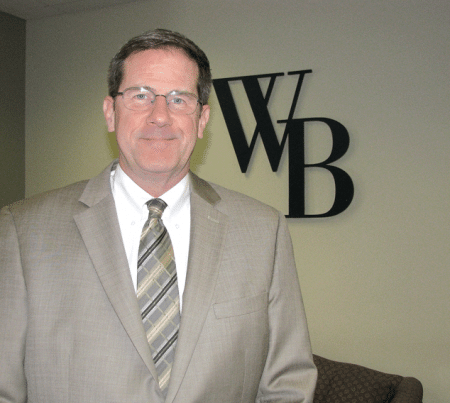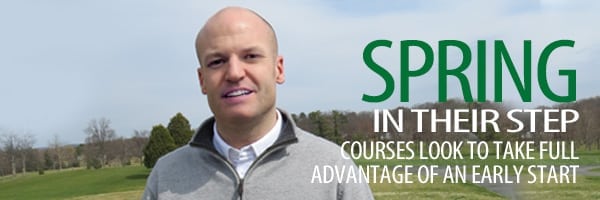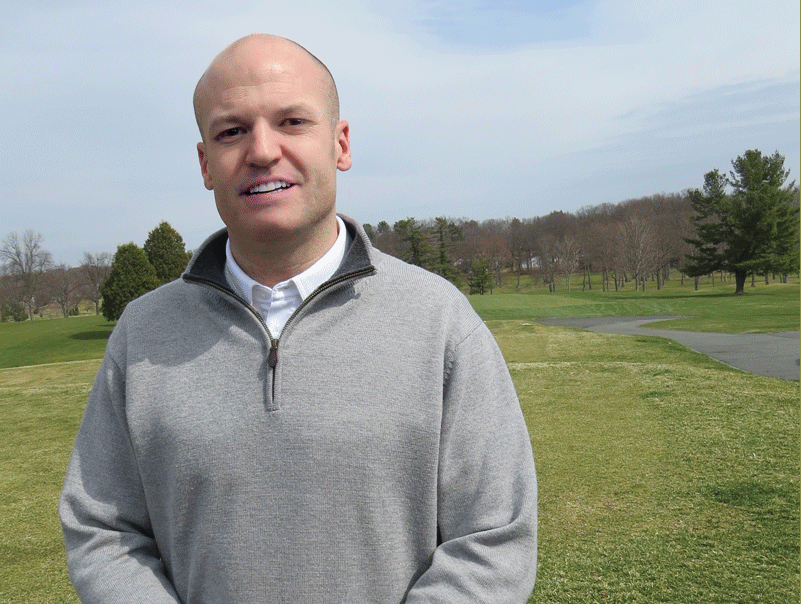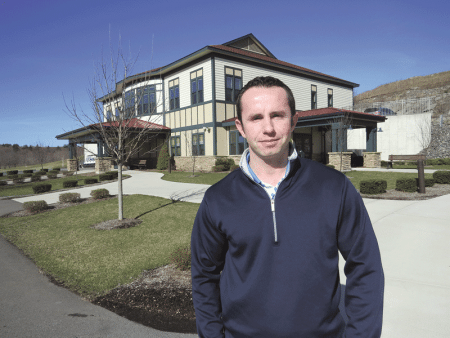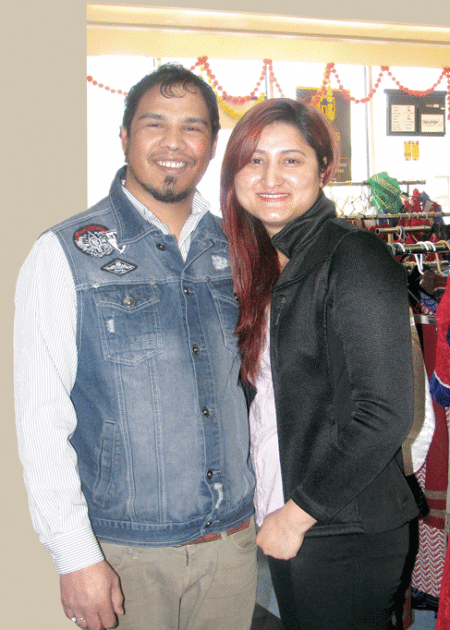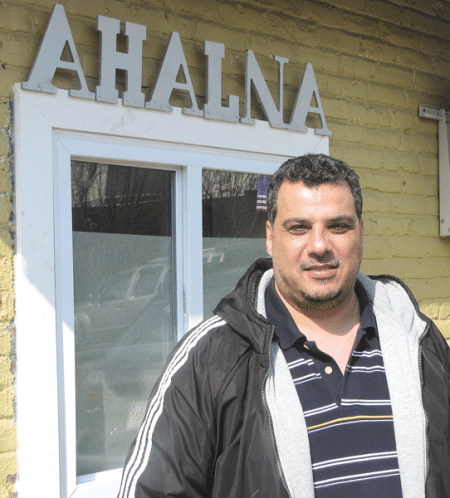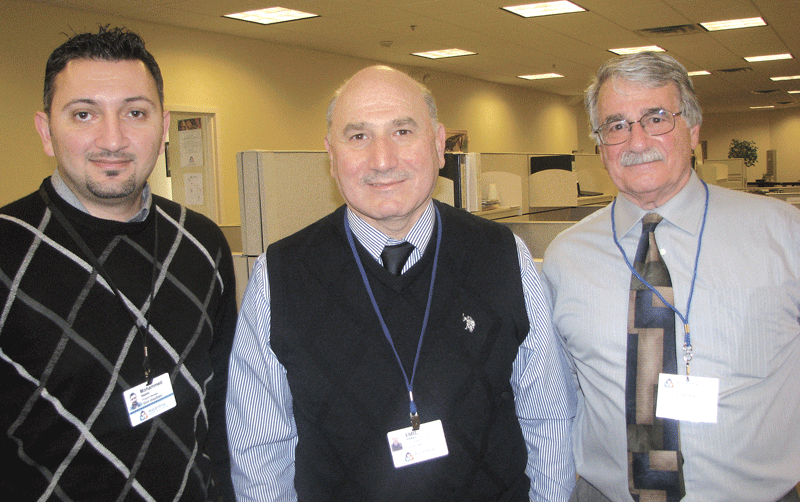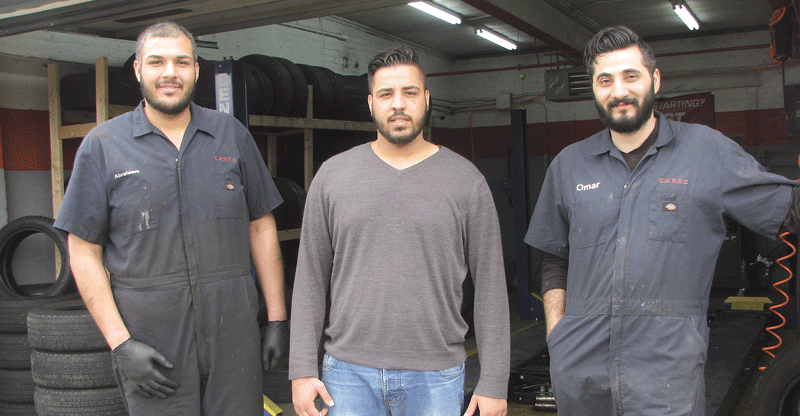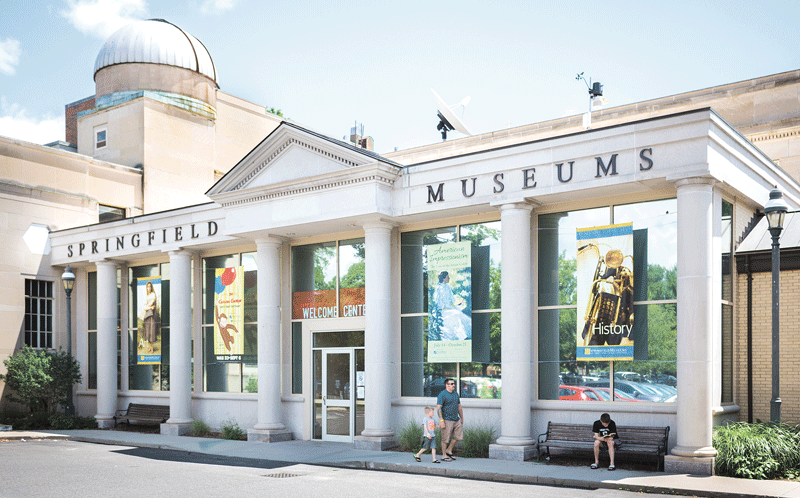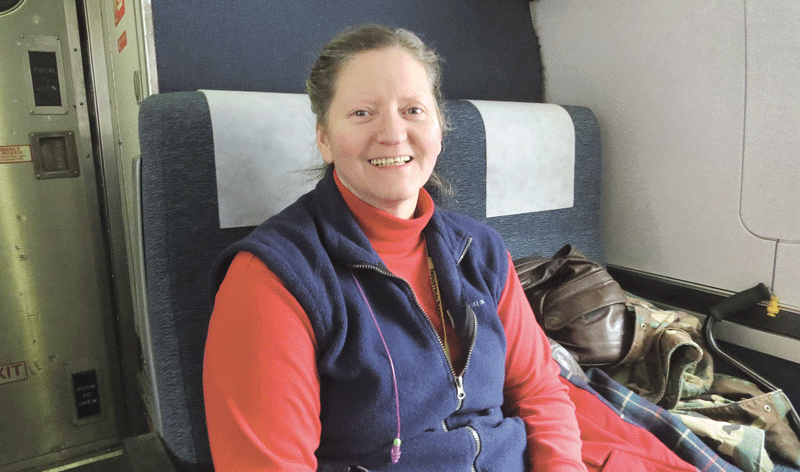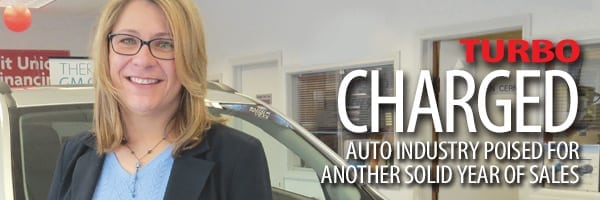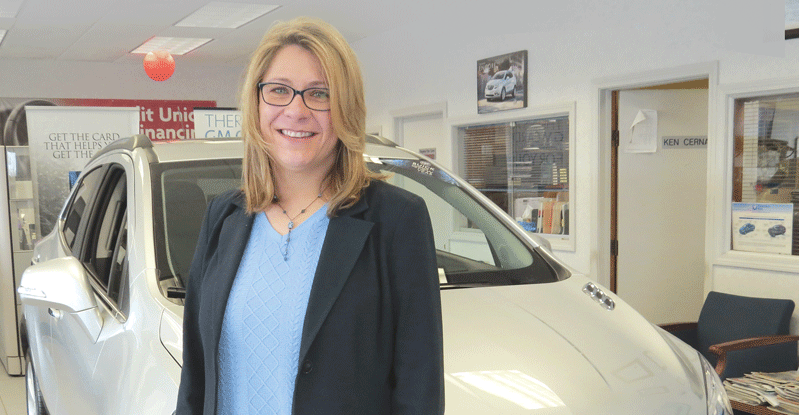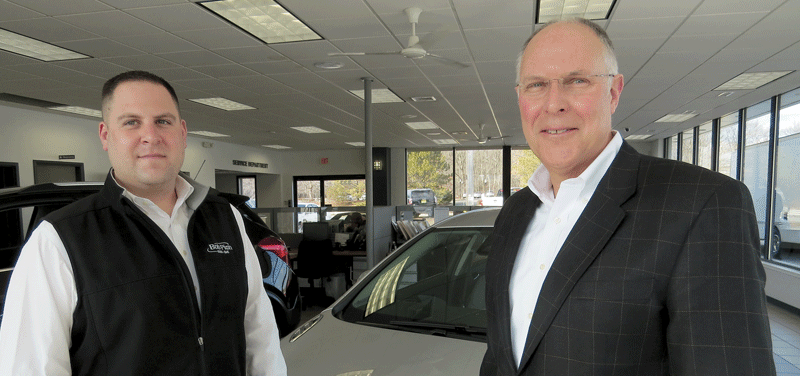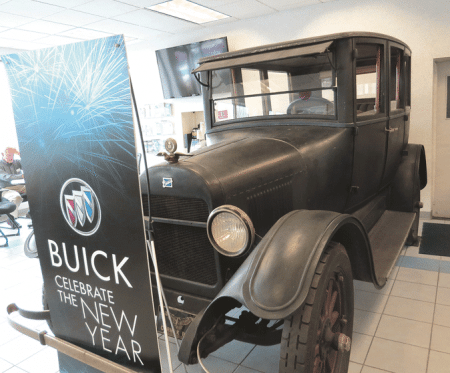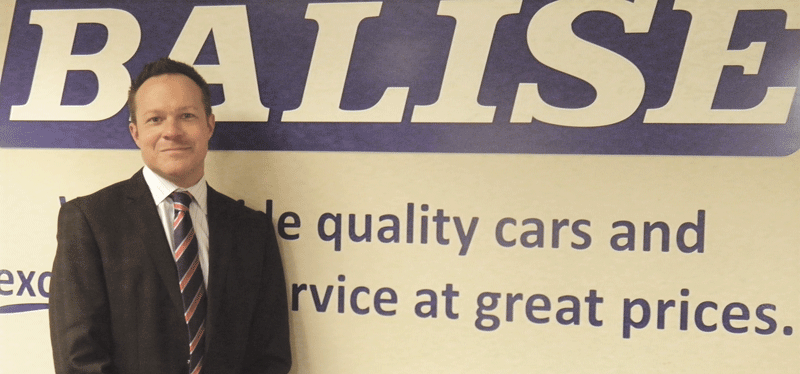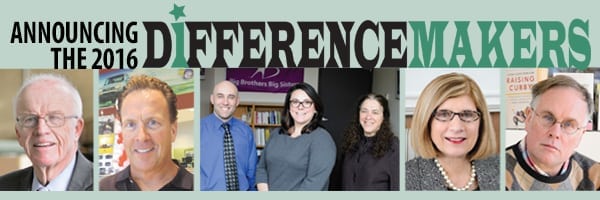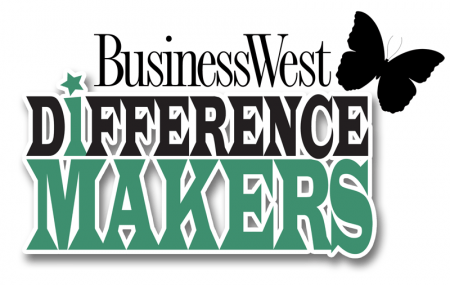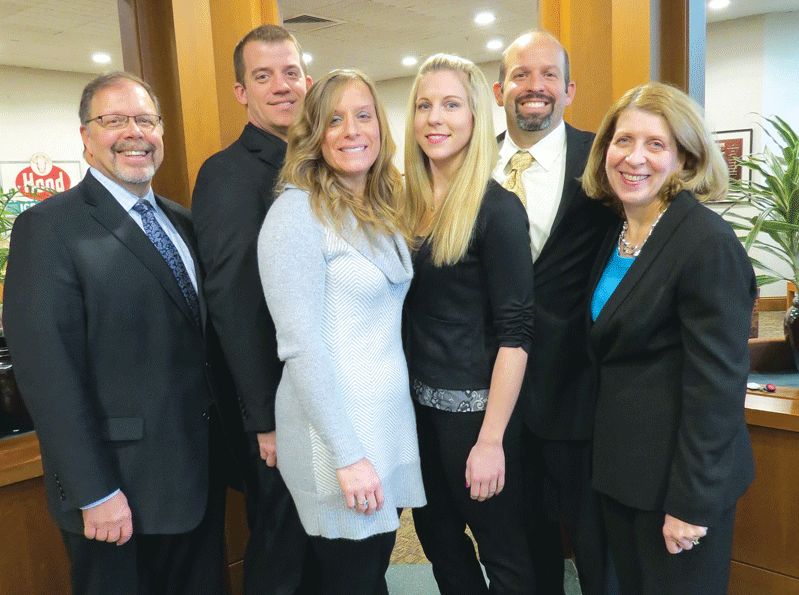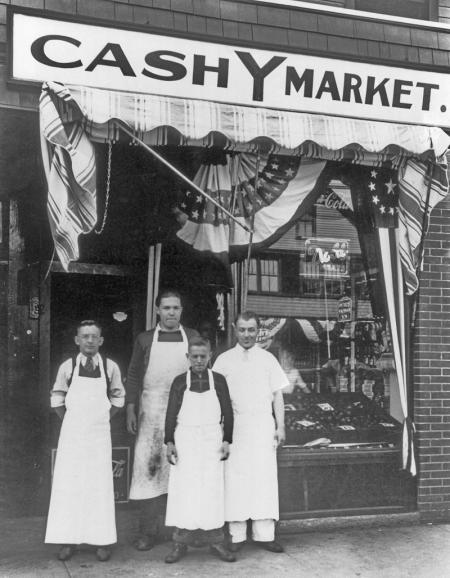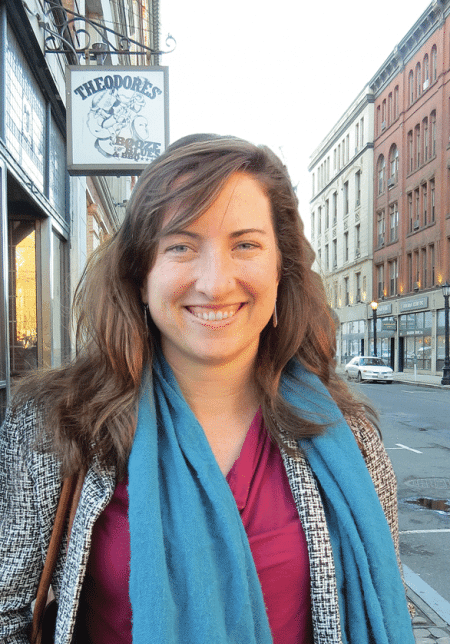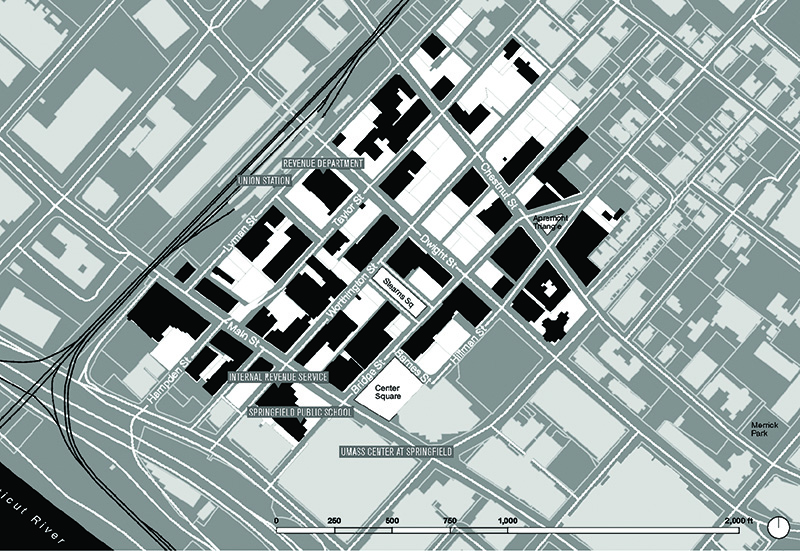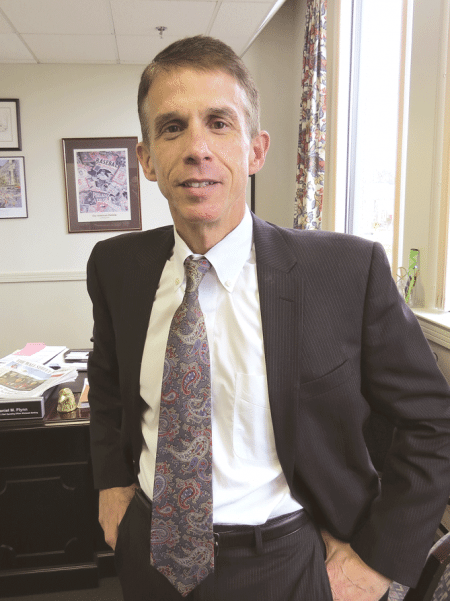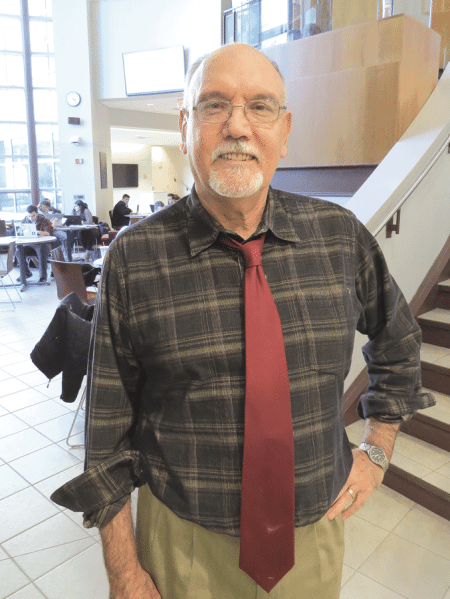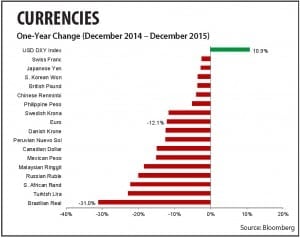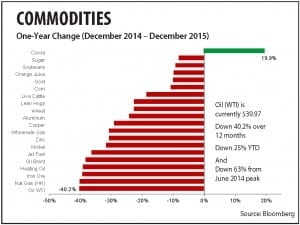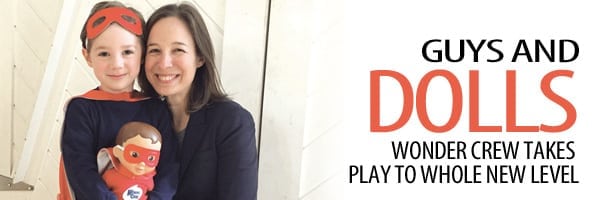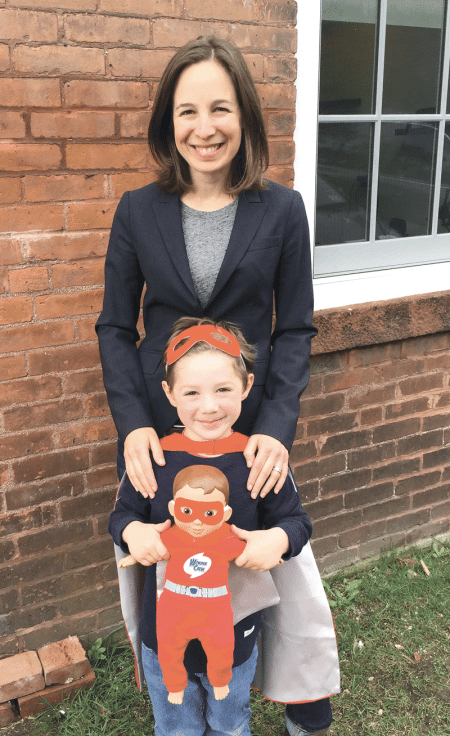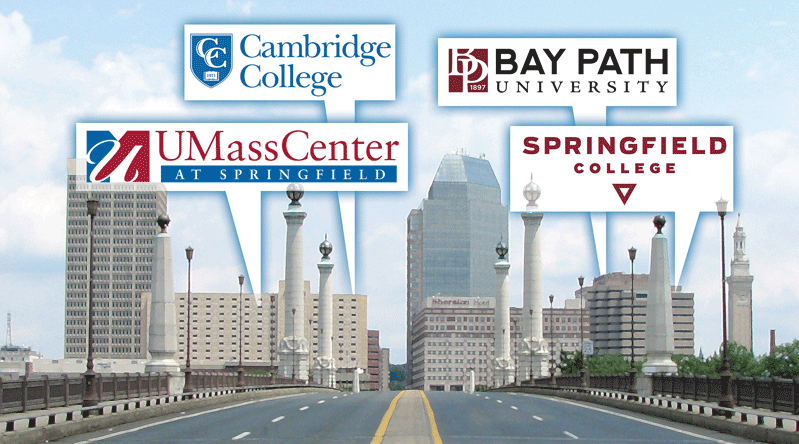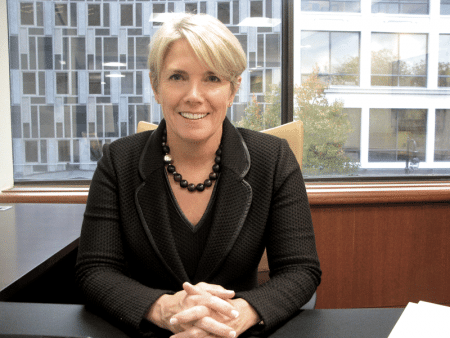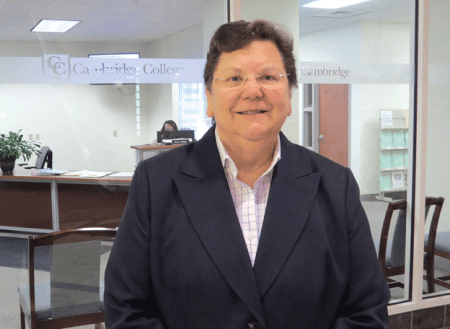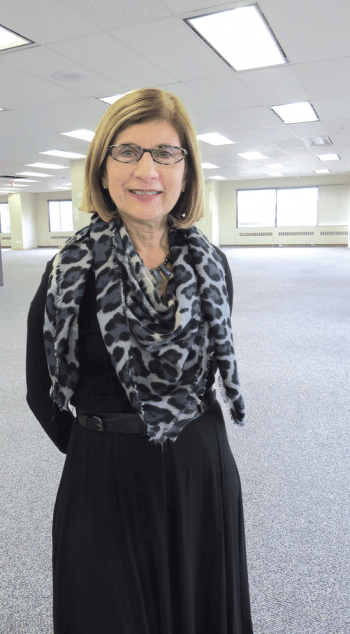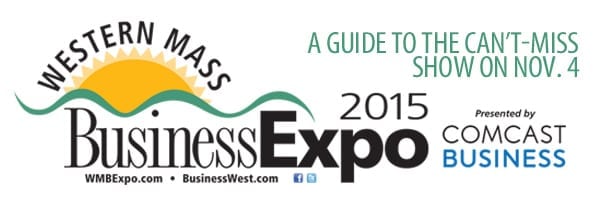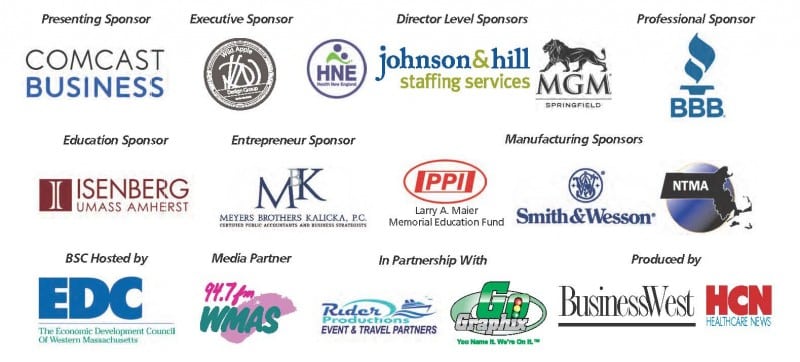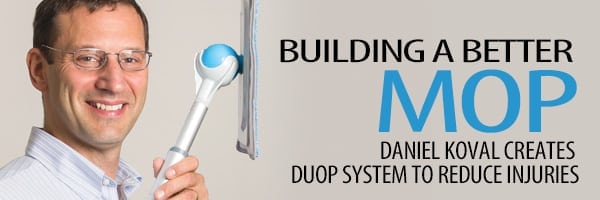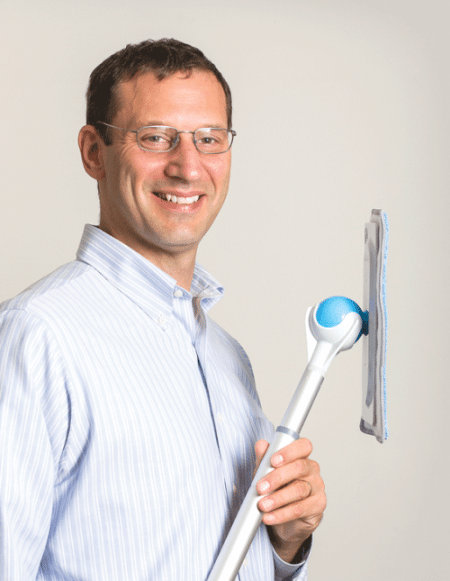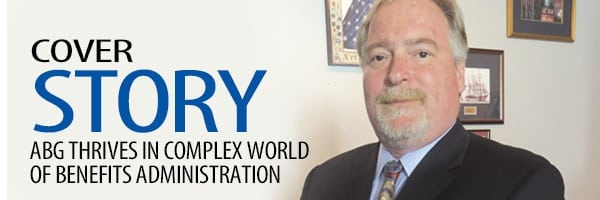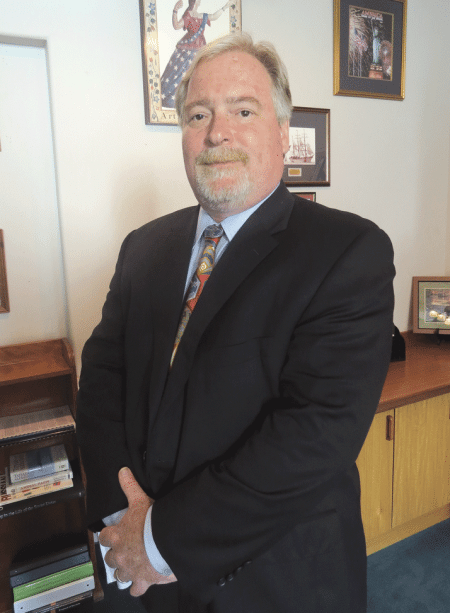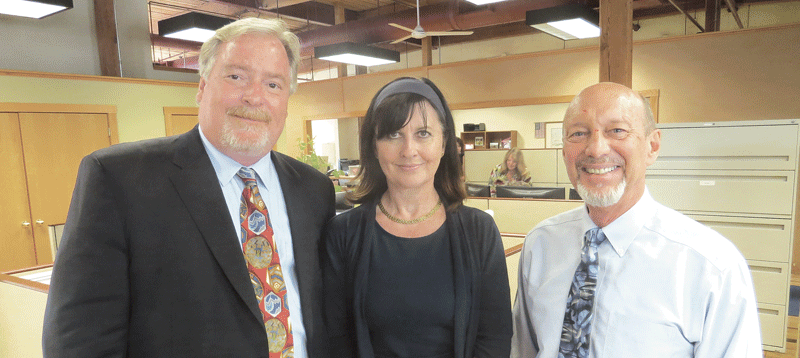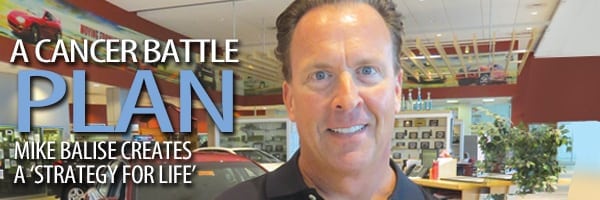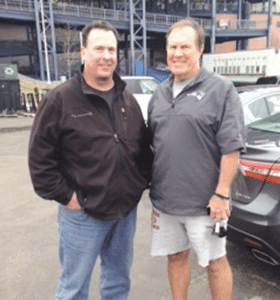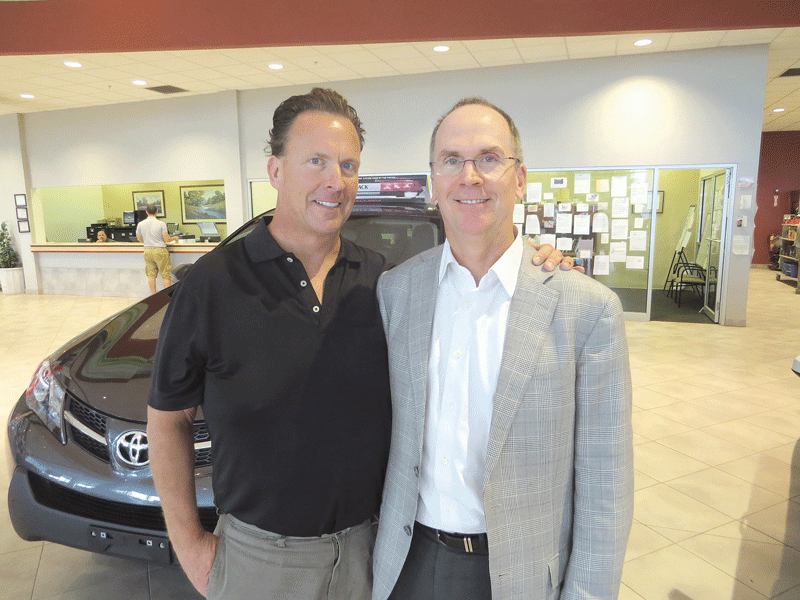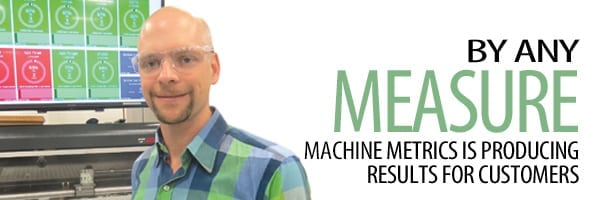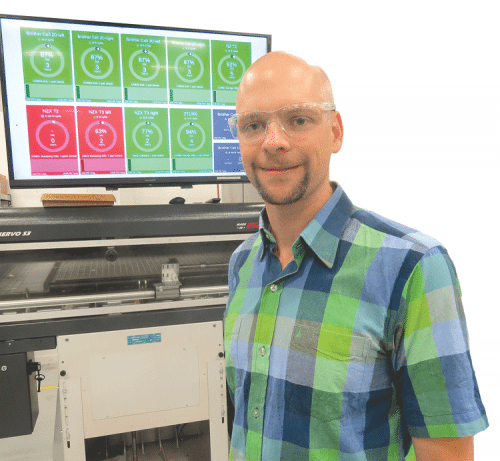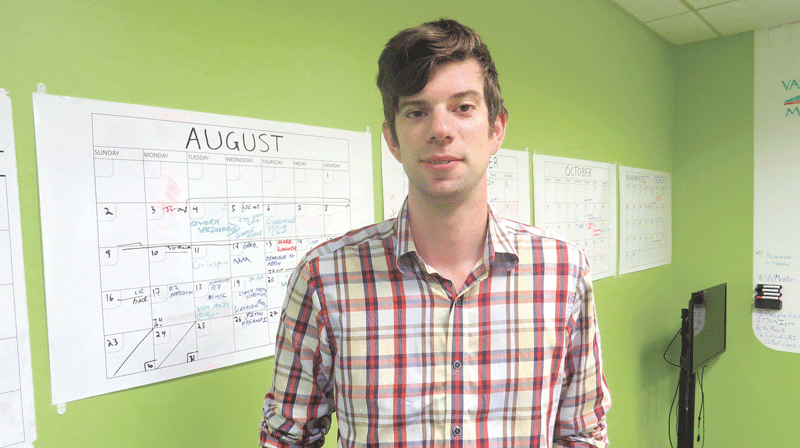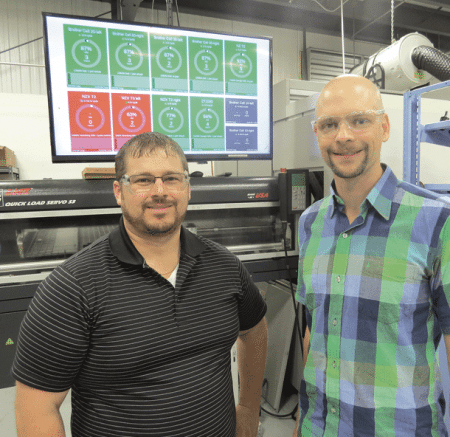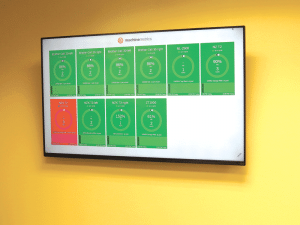Everyone’s Living Room
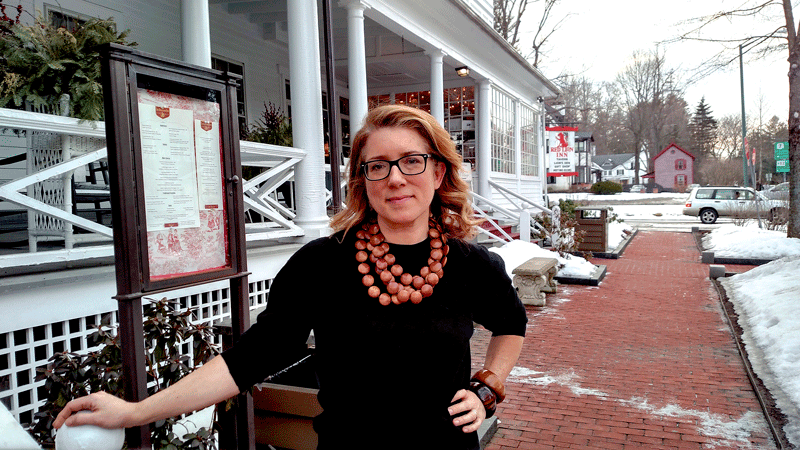
Main Street Hospitality Group CEO Sarah Eustis
Sarah Eustis says the core mission of the Main Street Hospitality Group is to “create places that will enable people to connect in meaningful ways — not just to provide hospitality excellence.” The group is now doing that on a few Main Streets, with further expansion of the portfolio always on its mind.
The barstools in the Red Lion Inn’s rustic tavern creak a little, but Sarah Eustis says that’s part of the charm in a building that dates back to the late 18th century. The guests who crowded the place on a late weekday afternoon, as Eustis sat with BusinessWest and told the story of her family’s growing hospitality business, didn’t seem to mind.
It’s a story that actually begins almost 50 years ago, when Eustis’s grandmother, Jane Fitzpatrick, bought the Stockbridge hotel in 1969 with a couple of motivations in mind — to find a home for her growing curtain business, known today as Country Curtains, and to save the Red Lion from becoming a “parking lot.”
“It was a seasonal property — at the time, it was closed in the winter — and it was at risk of being taken down,” said Eustis, CEO of the Main Street Hospitality Group (MSHG). “She reopened the hotel and brought it to full operation, year-round, and the family has been running it ever since.”
Fitzpatrick had a specific vision for the 1773 landmark, Eustis added. “My grandmother set the standard of hospitality, maintaining the place as the ‘living room of the Berkshires.’ All our hotels have that identity and that spirit, meaning a place where all are welcome, a place where people can connect in meaningful ways, with the place and with each other.”
Those places now include four hotels around the Berkshires the MSHG currently owns or manages: the Red Lion Inn, Porches Inn in North Adams, Williams Inn in Williamstown, and, most recently, Hotel on North in Pittsfield, which collectively boast 350 rooms and almost as many employees.
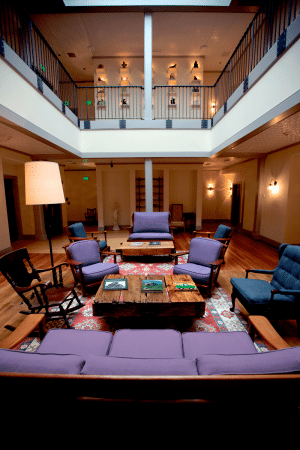
Hotel on North was designed, like all of Main Street’s properties, to be the ‘living room’ of its community.
“People are coming through the doors with an entire range of human emotions,” Eustis went on, “and they’re wearing invisible signs around their necks, and we have to figure out what they say: ‘I’m in the middle of a divorce.’ ‘I have to impress my girlfriend.’ ‘I’m here with my first big client.’ ‘I’m worried about my child.’ ‘I’m exhausted and hungry.’ We have to figure that out; it’s our job to connect with people in a way that makes the experience good for them, where they are, in that particular moment. We’re not perfect, but it’s what we work toward.”
When they succeed in that task, downtown hotels can be the lifeblood of a town center, she said. “They are the heartbeat that pumps blood to the arteries of cities. Hotels are always there; the lights are always on, and someone is always there.”
Independent hotels, with their unique charms that aren’t based on a corporate template, are even better, she went on. “The Marriotts and Hiltons are great, but I do think there’s something about an independently designed hotel that is unique and that people are willing to pay for.”
Third Generation
Fitzpatrick passed the business to her daughter, Nancy Fitzpatrick — Eustis’s stepmother — who has overseen the operation for the past 20 years.
“I grew up around this place and started working here as a housekeeper when I was 14,” said Eustis, who lived with her mother in Philadelphia but spent plenty of time in the Berkshires as well. “I will always stand behind hospitality training early in one’s career is a great way to start. We have so many young people come through our hotels and go into all kinds of things. If they want a hospitality career, that’s great, too. I was here every summer growing up, getting experience in every aspect of the operation. I’ve cleaned every toilet in the place, and I make a mean hospital corner.”
But she didn’t see it as her career at first, moving instead to New York City to pursue a career in retail operations, marketing, design, and brand development for big clothing labels like Polo Ralph Lauren, Banana Republic, and Limited Brands. “I got good experience working for family businesses, because that’s what those companies are. And that was appealing to me.”

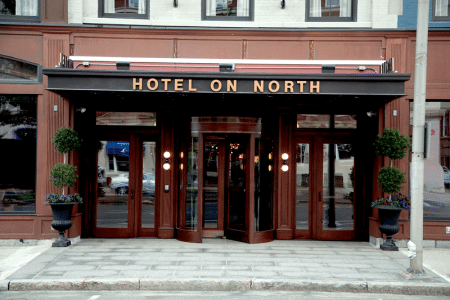
Two of MSHG’s properties, Porches Inn opened in North Adams a decade and a half ago, followed by Hotel on North in Pittsfield in 2015.
When her father, Jack Fitzpatrick, passed away in 2010, Eustis started thinking about the family business, and decided to move back to Massachusetts in the summer of 2012, a time that unofficially began the family’s most recent chapter, with Eustis eventually setting in as CEO, and Nancy Fitzpatrick continuing as owner and chairman.
“The Main Street Hospitality Group did not exist before that point,” Eustis said. “My aim was to explore how we could evolve and take the resources we already had on the team and deploy them further — to take the ‘special sauce’ that happens here at the Red Lion, in terms of hospitality and graciousness, and spread it around, and also develop new revenue streams.”
The first expansion had already occurred a decade earlier in North Adams. Nancy Fitzpatrick and Jack Wadsworth were both founding board members of the Massachusetts Museum of Contemporary Art, and decided to strike a deal.
“As the story goes, they were in the main gallery of MassMoCA, looking out across the street at these derelict houses originally designed for workers at the Sprague Electric factory. Nancy is a really creative visionary, and she said to Jack, ‘why don’t we do a hotel there?’ He said, ‘that’s the craziest thing I’ve ever heard.’ But they signed on a napkin and did the project.”
The result was Porches Inn, seven renovated Victorian-era buildings. Reflecting its artsy surroundings, the guest rooms and public spaces employ a synthesis of retro and contemporary designs, reflecting everything from the Mohawk Trail to paint-by-numbers art. Boston magazine praised its “hipster sensibility with downtown charm.”
“It’s been a remarkably successful venture,” Eustis said. “We wanted to instill part of our DNA into something that adds value to its landscape. It has to reflect the feeling of the place. It’s elegant, but with a sense of humor. Guests just rave about the place. We really haven’t changed it in 15 years; we just keep it polished and updated and fresh.”
City Life
Williams Inn came next, a 125-room hotel owned by Williams College that MSHG has managed for the past several years.
“The college bought it, but they don’t run hotels,” Eustis said. “They gave us our first big break as a management company. We provided return to the college on what I would call a tired asset.”
But that project, along with the Porches, gave Main Street experience working in educational and art settings, a niche it aims to further explore in the future. Hotel on North, on the other hand, became the company’s first foray into the city setting.
Around 2013, Eustis began talking with the family that owns Tierney Construction in Pittsfield, which had purchased the former Bessie Clark clothing store in the heart of that city. She’s intrigued by Pittsfield’s story as an industrial city that has struggled to reinvent itself but has launched a sort of renaissance over the past couple of decades.
“We’re very, very committed to Pittsfield. It’s right in the middle of our region — this urban center in this bucolic place — and it needs to thrive.”
A city’s renaissance is typically a 20-year process, she said, a cycle she believes Pittsfield is well into, starting with the Colonial Theatre renovation a decade ago.
“A lot has happened on North Street. We felt the momentum was there. Our partners bought the building and invited us to do a hotel with them; we worked on every aspect of the hotel together. We led the design, we staffed the hotel, we run the hotel … we’re accountable to the owners for agreed-upon results.”
Hotel on North was opened using historic tax credits in June 2015, with an eye toward being one of the key anchors downtown. Developers sought the same blend of local character, historical design flourishes, and modern amenities showcased at other MSHG properties, creating a place where, as Main Street’s marketing materials put it, “lightning-fast wi-fi beams through exposed brick from the 1880s.”
List of Airlines serving Bradley Aiport
Eustis said first-year projections may have been optimistic. “We really had to engage the community, engage the city, do a grass-roots sales campaign.” But, at the same time, the hospitality group was growing as an organization as well, and the family was learning how to leverage its economies of scale across the properties, including in Pittsfield. “We got stronger and stronger, and the hotel started to get its legs, too. Now it’s really thriving and making a lot of people happy.”
In fact, 15,000 people checked into the hotel last year as their home base to explore Pittsfield. “It’s a well-designed, thoughtful, genuinely hospitable face — it’s become the living room of Pittsfield,” she went on, again echoing her grandmother’s original vision for the Red Lion 15 miles south on Route 7. “You have to overcome the doubters and keep going and show them the positive outcomes that come from a project like this.
“Our core purpose, as we’ve developed it as a leadership group,” she went on, “is to create places that will enable people to connect in meaningful ways — not just to provide hospitality excellence, which we do anyway.”
What’s Next?
Beyond physical expansion, the company is branching out in other ways as well. Take food service, led by Brian Alberg, vice president of Culinary Development. A graduate of the Culinary Institute of America who has been with MSHG for about a dozen years, he was at the forefront of the farm-to-table movement in the Berkshires and created a culture around that philosophy at all the group’s properties, as well as a growing niche in event catering.
In addition, Main Street recently formalized a partnership with Hancock Shaker Village — and its new director, Jennifer Trainer, herself a MASSMoCA veteran with a rich culinary background — to establish a café (opening April 15) and manage it, along with working with her on all the facility’s culinary events.
“We’re also expanding the retail piece here at the Red Lion, which is my background,” Eustis added. While the hotel has a gift shop, she envisions creating a line of tasteful logo items — think the Black Dog on Martha’s Vineyard as an example — that will expand the Red Lion brand beyond the Berkshires. “We’re thinking of things that reflect the warmth and genuine feeling of being at the hotel, whether it’s food, accessories, or home-related things. This is a part of our business that’s growing slowly this year and will grow further in 2018.”
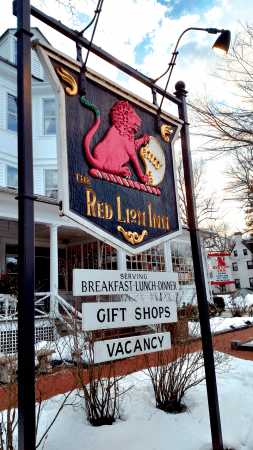
After almost 50 years in the Fitzpatrick family, the Red Lion Inn remains the heart of Main Street Hospitality Group’s operations.
As for the next big property, the company is looking at a number of projects, representing both ownership and management models.
“A new project has to pass certain fundamental criteria for us — geography, size and scope, who are the people involved, is it a new build or a conversion,” Eustis said. “It’s not necessarily about rolling out the Hotel on North or Porches concept into different markets. I’m interested in responding to the needs of the community, the fact that there may be existing hotels that need to be refreshed or revitalized.”
Still, she went on, “the way Porches and Hotel on North, not to mention Red Lion, have resonated has led us to conclude that kind of hotel can be relevant in other places and can be successful and add value to landscapes like Springfield, like Buffalo, like Albany — cities that are re-emerging as secondary or tertiary cities and benefiting from migration out of big cities.”
Yes, Springfield is a possibility, reflected by the fact that Eustis has had conversations with planning leaders there.
“Springfield is right in our backyard, and the Pioneer Valley has been interesting to us for a number of years. There’s good stuff going on there, a lot of like-minded people collaborating. We’re looking for opportunities where we can add value and the city’s ready for it.
“It’s not a get-rich-quick scheme,” she added. “You do need patient investors that have some psychic investment in a place. You can make money; it just takes a while.”
In other words, Eustis noted, MSHG is not looking to become a 200-hotel group.
“Let’s be honest — we value our lifestyle and like to see our children from time to time. Our vision is to grow thoughtfully,” she said. “Hotels always used to be on Main Street. And we want to be the heart of a place.”
Joseph Bednar can be reached at [email protected]



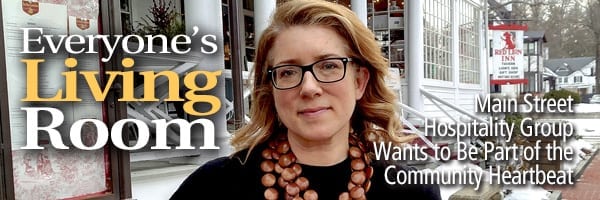
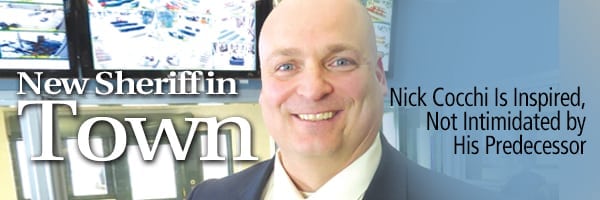


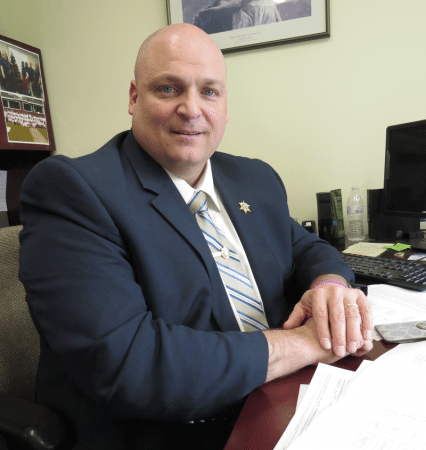
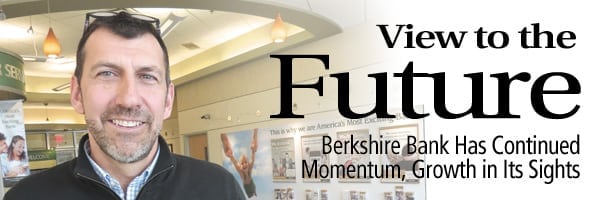
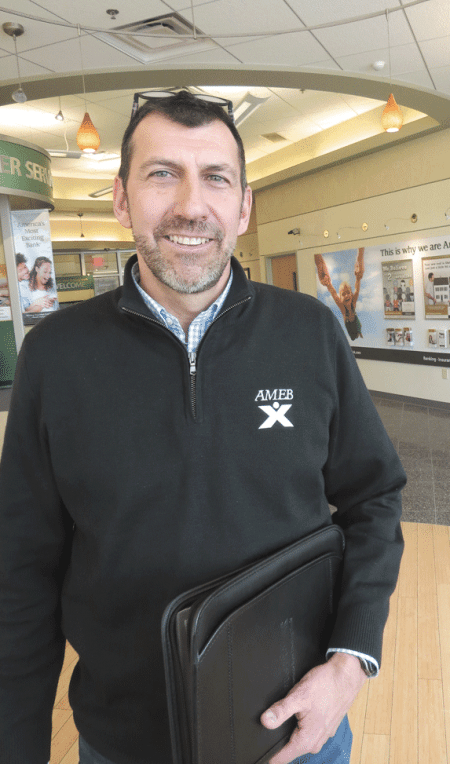

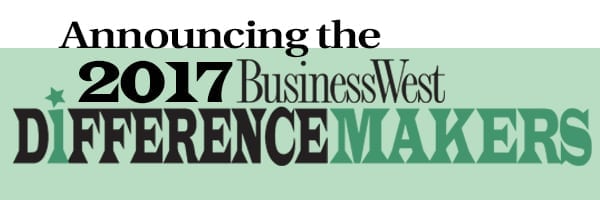
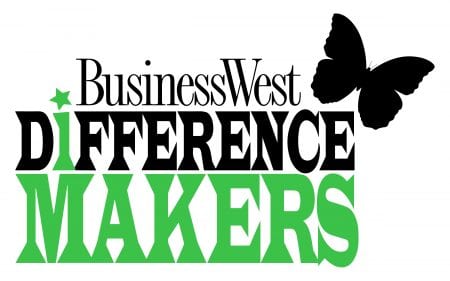

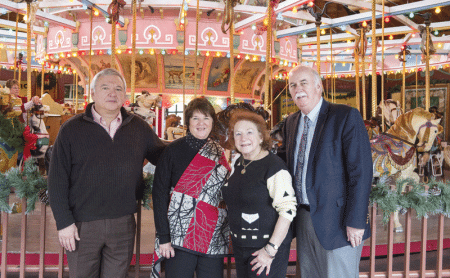
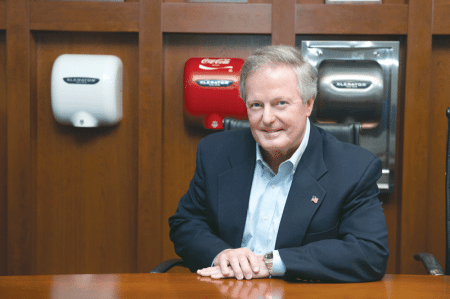

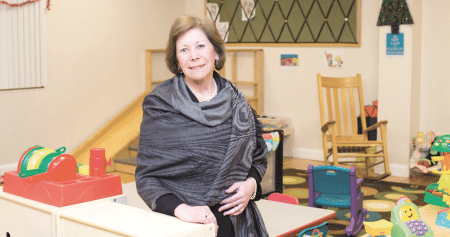




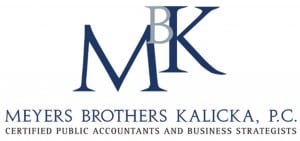




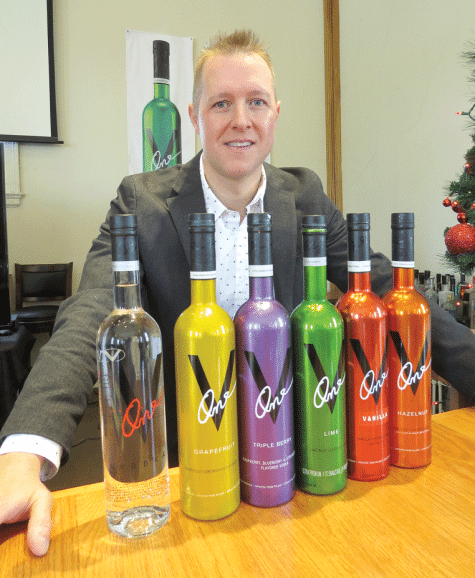 When he launched the
When he launched the 
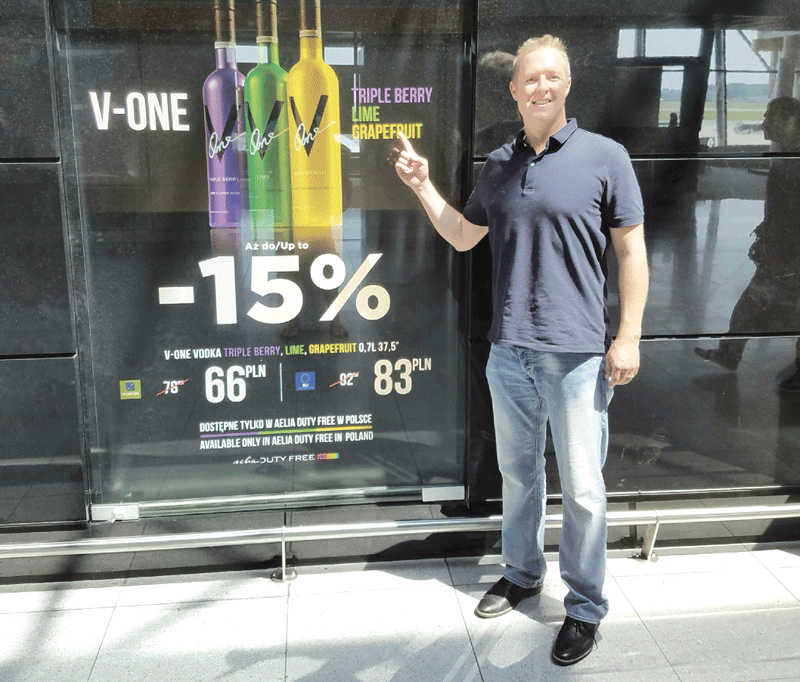

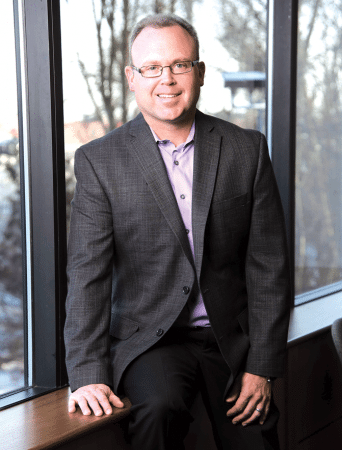



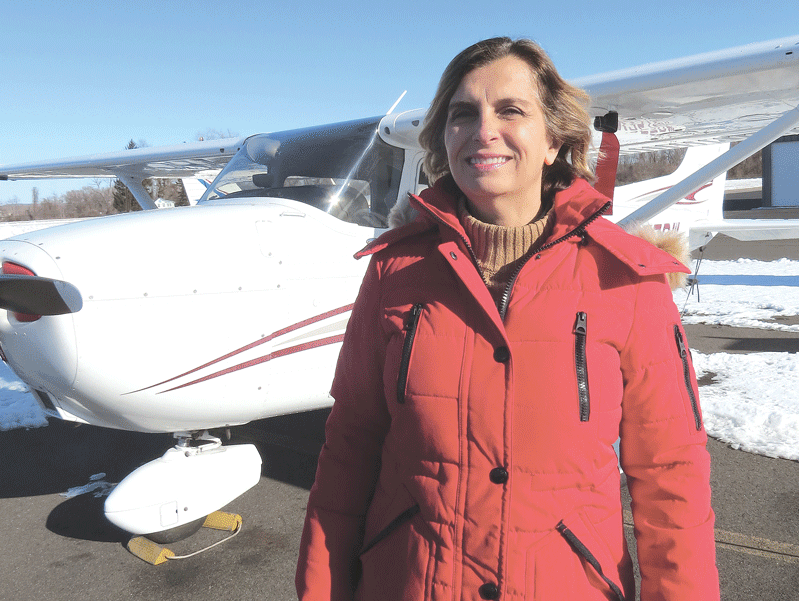
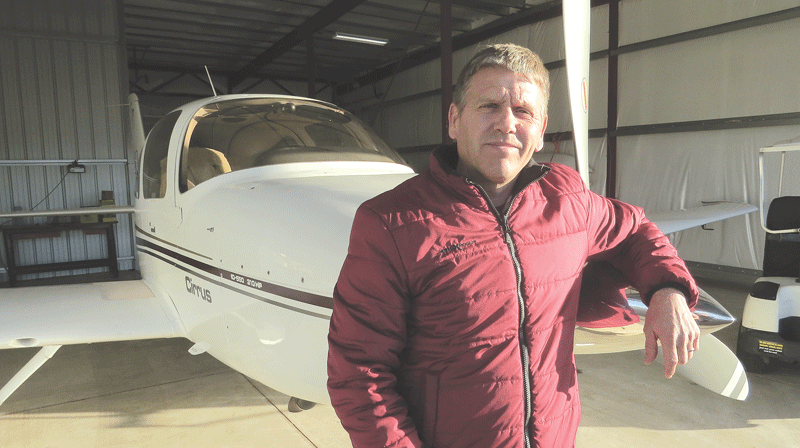


 After six years of largely uninterrupted economic growth in both Massachusetts and the U.S. as a whole, questions have arisen as to how long the expansion can last, especially coming on the heels of an unusual election season and amid sluggish economic trends internationally. The consensus seems to be that the present course should hold in 2017, but also that recessions are a regular occurrence in the American economy, and it wouldn’t take much to spark a slowdown. For now, though, cautious optimism reigns.
After six years of largely uninterrupted economic growth in both Massachusetts and the U.S. as a whole, questions have arisen as to how long the expansion can last, especially coming on the heels of an unusual election season and amid sluggish economic trends internationally. The consensus seems to be that the present course should hold in 2017, but also that recessions are a regular occurrence in the American economy, and it wouldn’t take much to spark a slowdown. For now, though, cautious optimism reigns.


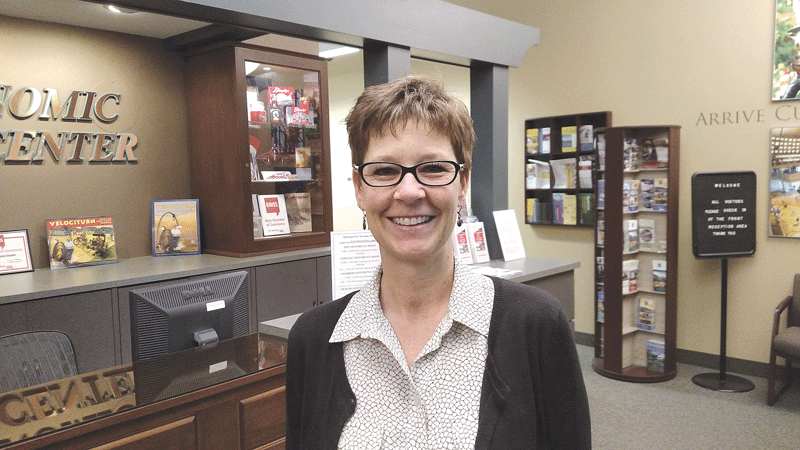

 On Nov. 8, voters said ‘yes’ to Question 4, the so-called Massachusetts Marijuana Legalization Initiative. But that’s all they said ‘yes’ to. What happens now, concerning everything from whether marijuana shops can be licensed, to where and how many of them, remain somewhat unsettling question marks that municipalities will need to resolve.
On Nov. 8, voters said ‘yes’ to Question 4, the so-called Massachusetts Marijuana Legalization Initiative. But that’s all they said ‘yes’ to. What happens now, concerning everything from whether marijuana shops can be licensed, to where and how many of them, remain somewhat unsettling question marks that municipalities will need to resolve.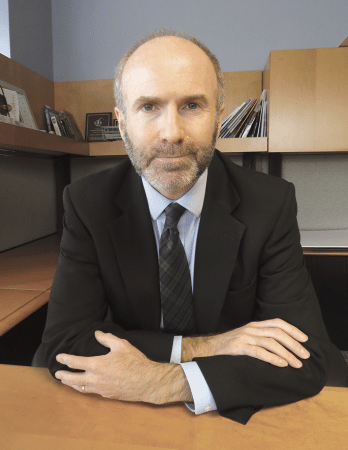
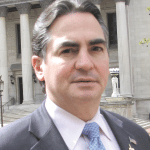
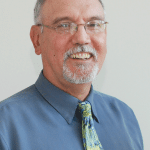
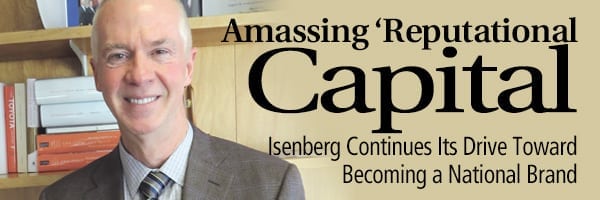
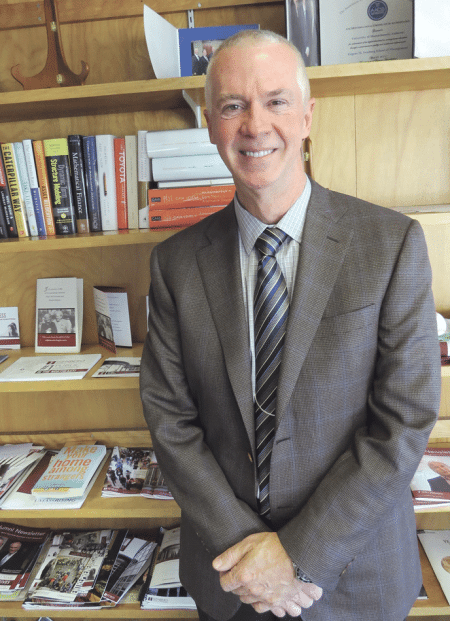
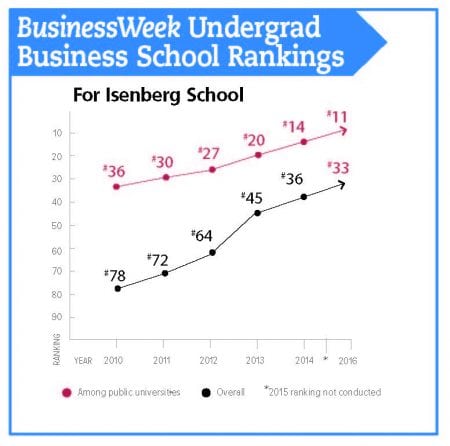
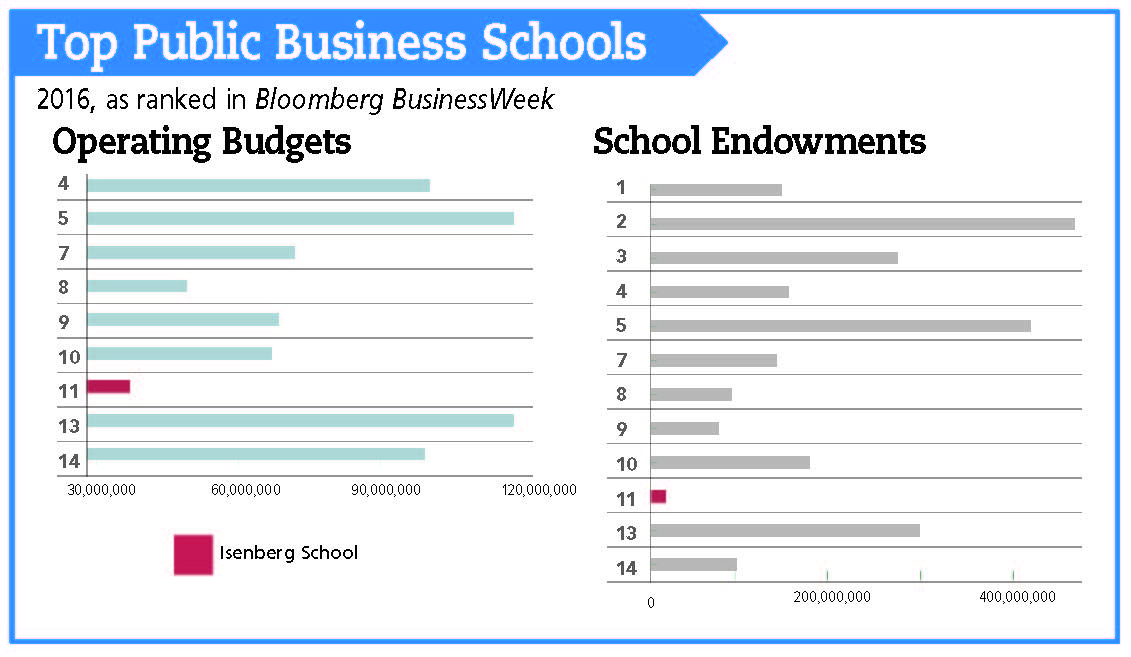




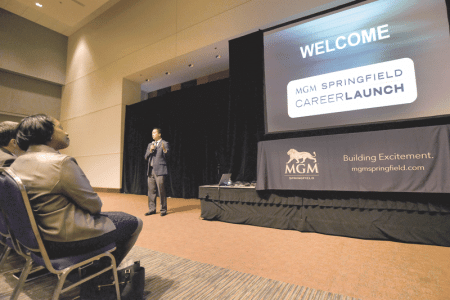
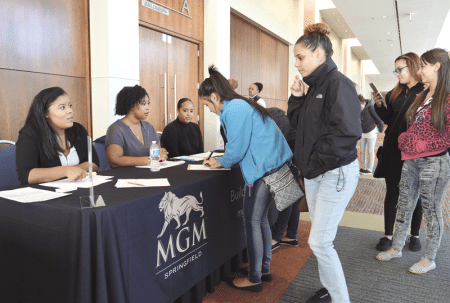



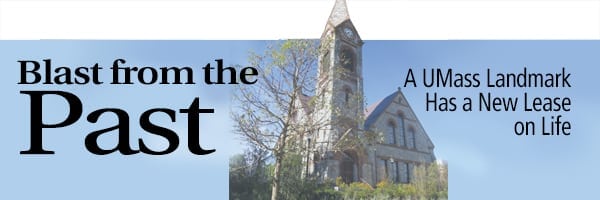
 Built when Chester A. Arthur was patrolling the White House and UMass Amherst was known as the Massachusetts Agricultural College, Old Chapel has witnessed a great deal of history. Yet, much of its own recent history has been one of neglect and disuse. But thanks to the vision and determination of the school’s chancellor, this landmark that has been such a big part of the school’s past will now play an intriguing role in its future.
Built when Chester A. Arthur was patrolling the White House and UMass Amherst was known as the Massachusetts Agricultural College, Old Chapel has witnessed a great deal of history. Yet, much of its own recent history has been one of neglect and disuse. But thanks to the vision and determination of the school’s chancellor, this landmark that has been such a big part of the school’s past will now play an intriguing role in its future.

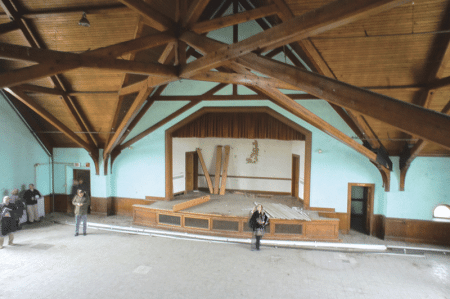
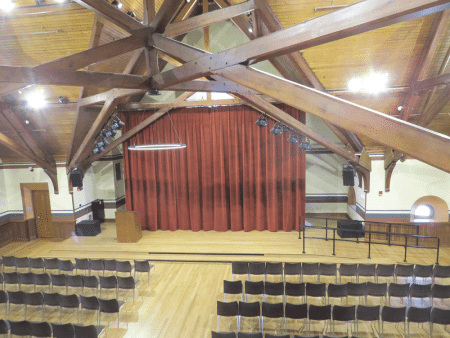


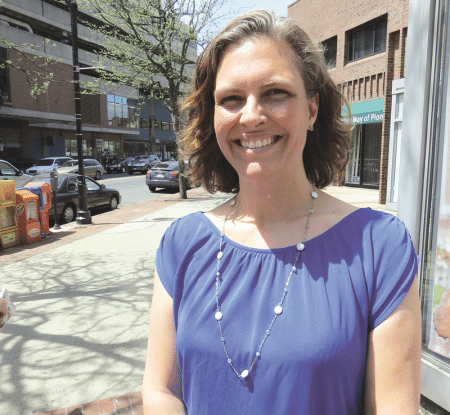
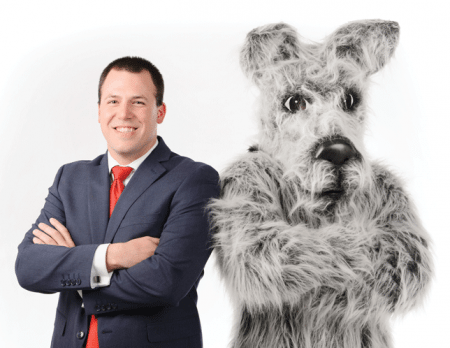




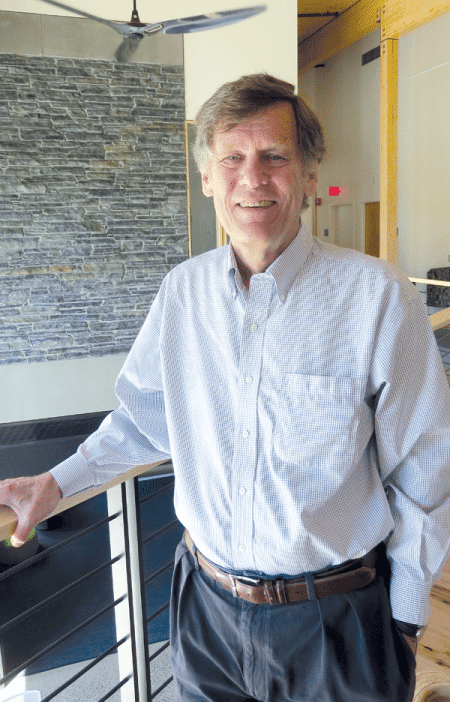

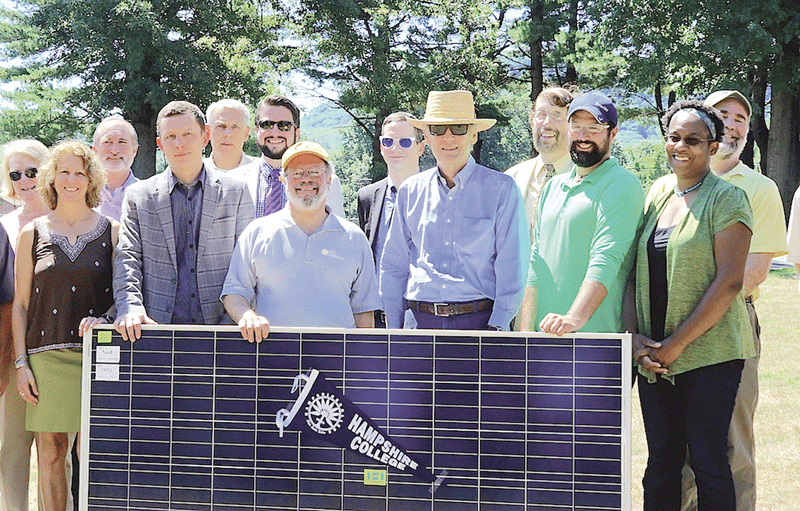
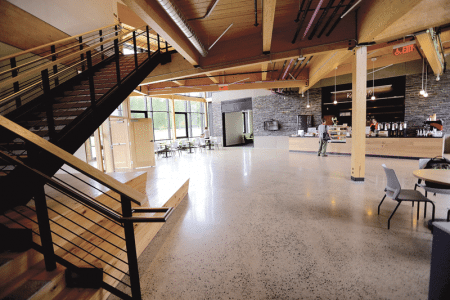 Already, many have come to take in the Kern Center, he explained, adding that he is one of many who will give tours to those representing institutions such as Yale Divinity School, which is contemplating a village of buildings with similar credentials.
Already, many have come to take in the Kern Center, he explained, adding that he is one of many who will give tours to those representing institutions such as Yale Divinity School, which is contemplating a village of buildings with similar credentials.



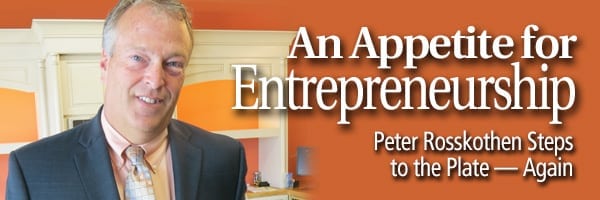

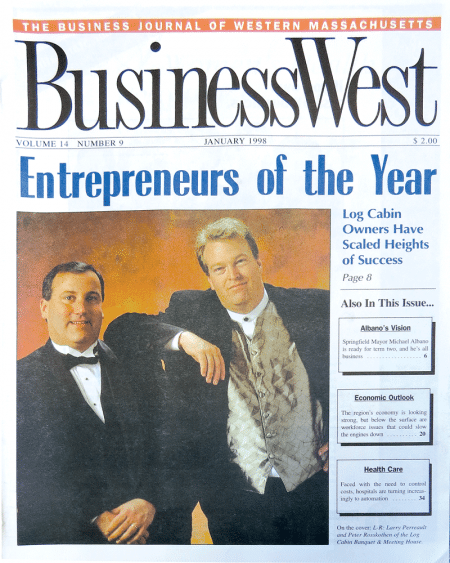
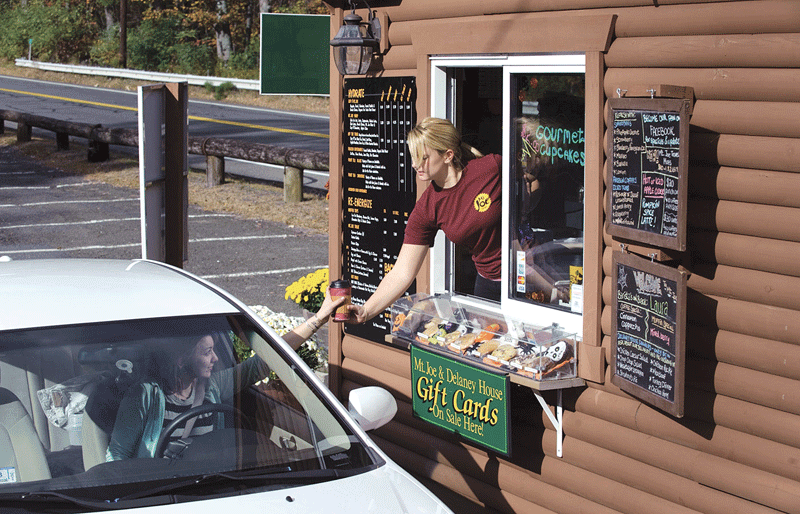
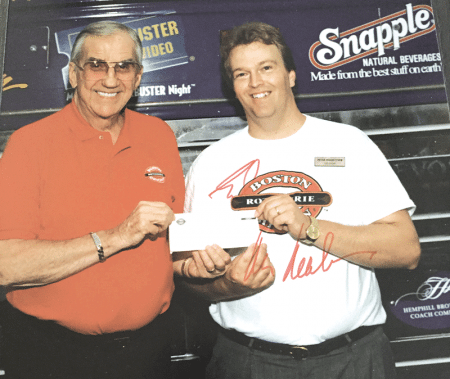
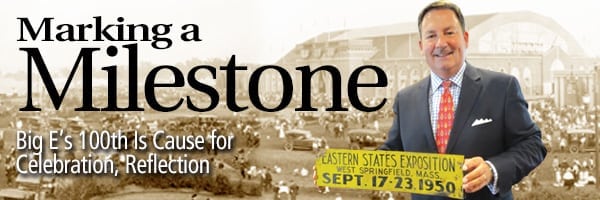
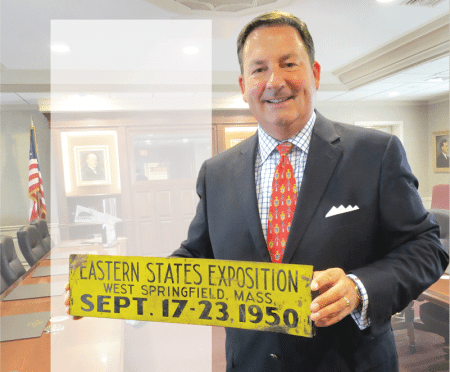


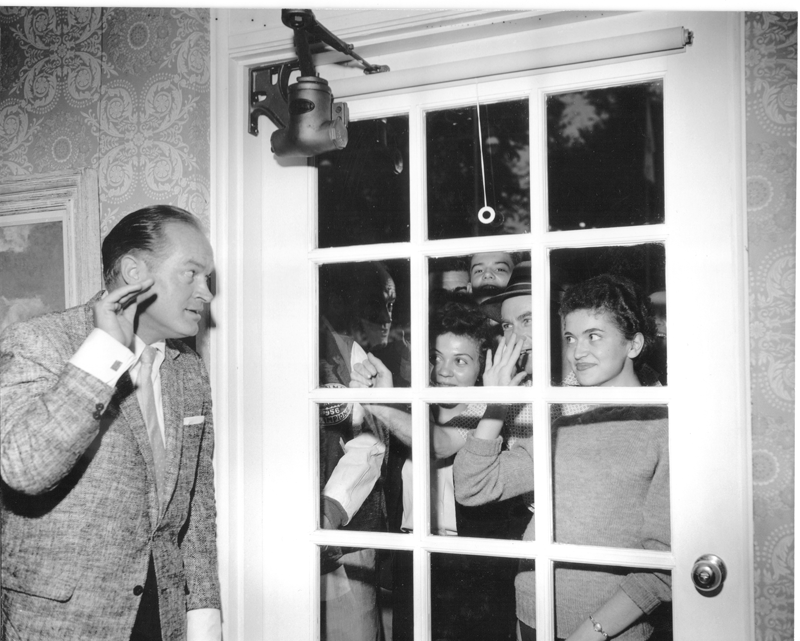
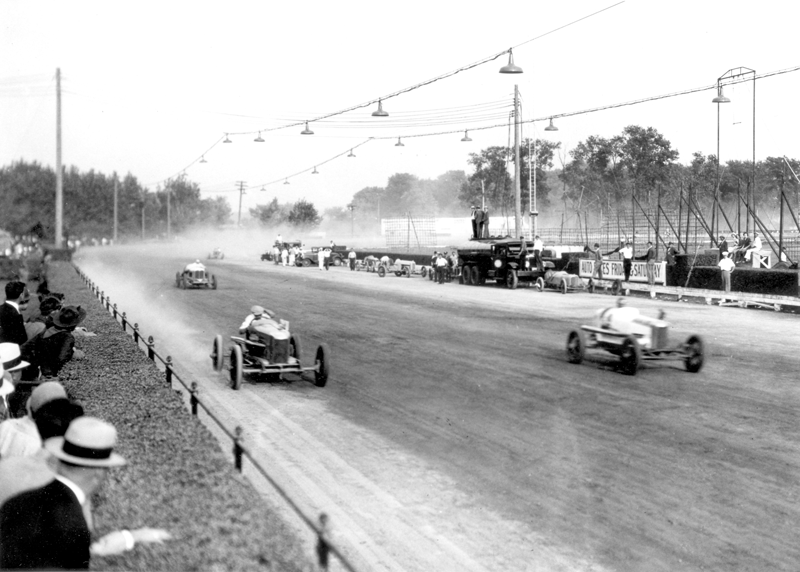
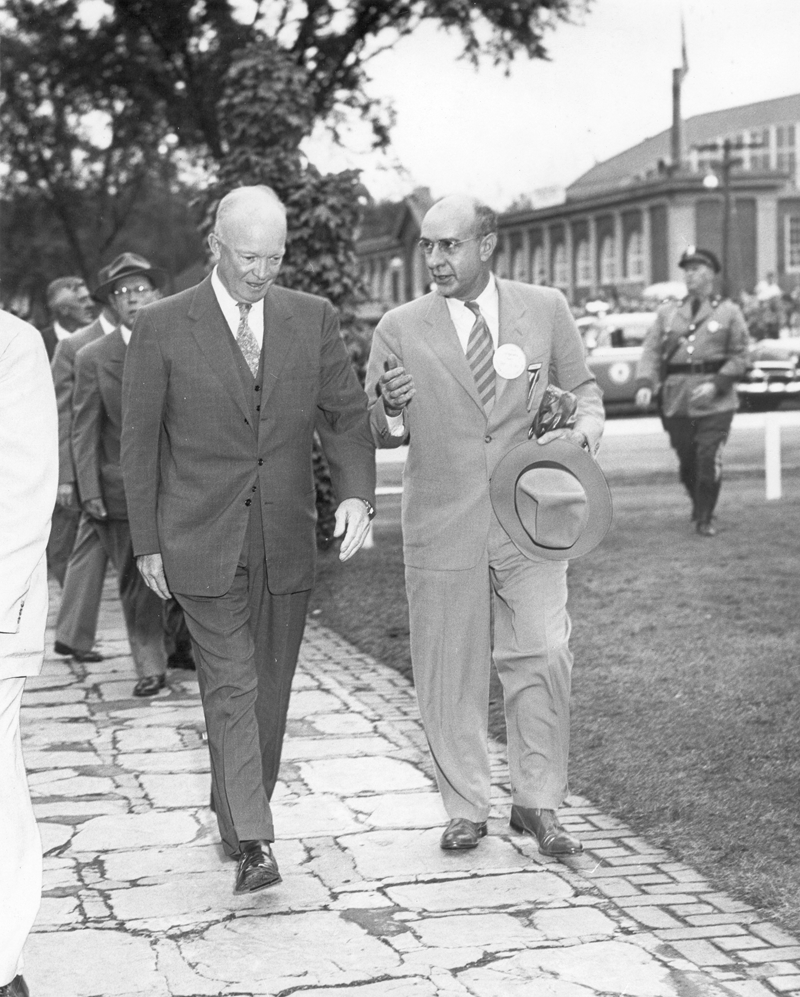
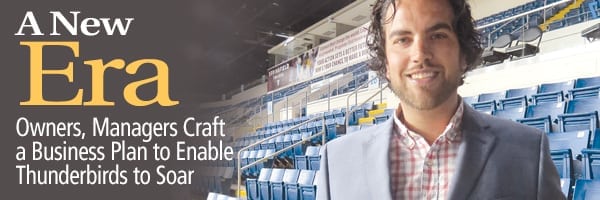
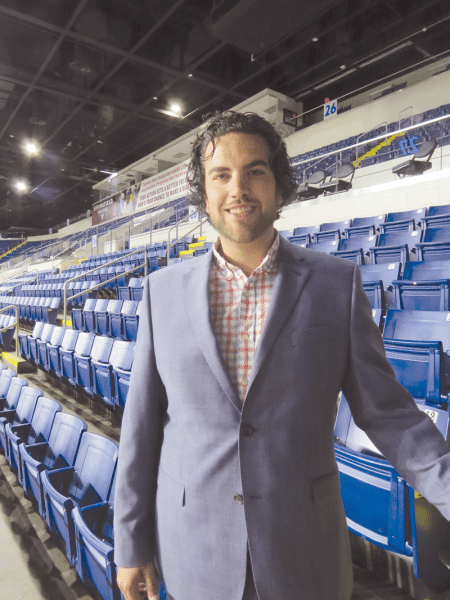
 As for the latter, he said the selling would take on a far more aggressive tone than it has historically, with a specific focus on season tickets and group sales, strategic targets that have yielded success for other franchises, as we’ll see later.
As for the latter, he said the selling would take on a far more aggressive tone than it has historically, with a specific focus on season tickets and group sales, strategic targets that have yielded success for other franchises, as we’ll see later.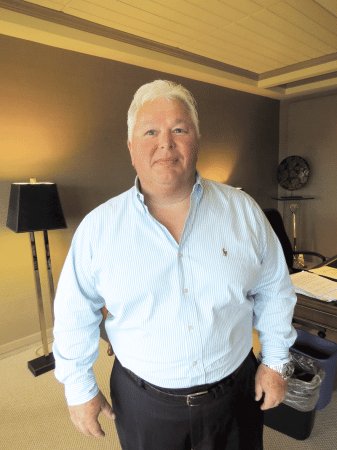
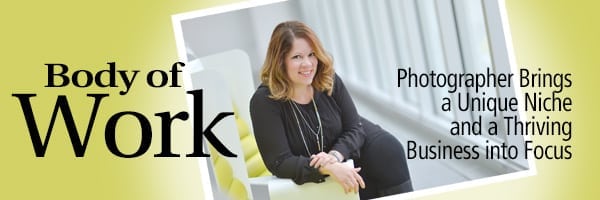




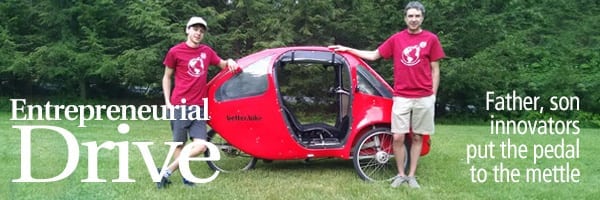

 The same goes for another trait — entrepreneurship, although the two acknowledged they had a lot to learn about the difficult process of transforming an idea into a business. With that in mind, they applied to become part of Valley Venture Mentors’ second accelerator class, and were accepted.
The same goes for another trait — entrepreneurship, although the two acknowledged they had a lot to learn about the difficult process of transforming an idea into a business. With that in mind, they applied to become part of Valley Venture Mentors’ second accelerator class, and were accepted.

 By all accounts, restaurant are flourishing across Western Mass., a region that offers nearly endless choices when it comes to cuisine, atmosphere, price range … you name it. For this special section, the 2016 Restaurant Guide, we venture to three establishments — with calling cards ranging from solar-brewed beer to classic French cuisine to singing servers — that clearly reflect that variety. Bon appetit!
By all accounts, restaurant are flourishing across Western Mass., a region that offers nearly endless choices when it comes to cuisine, atmosphere, price range … you name it. For this special section, the 2016 Restaurant Guide, we venture to three establishments — with calling cards ranging from solar-brewed beer to classic French cuisine to singing servers — that clearly reflect that variety. Bon appetit!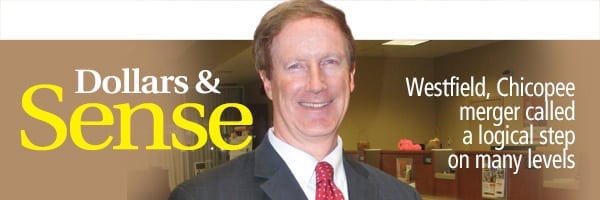
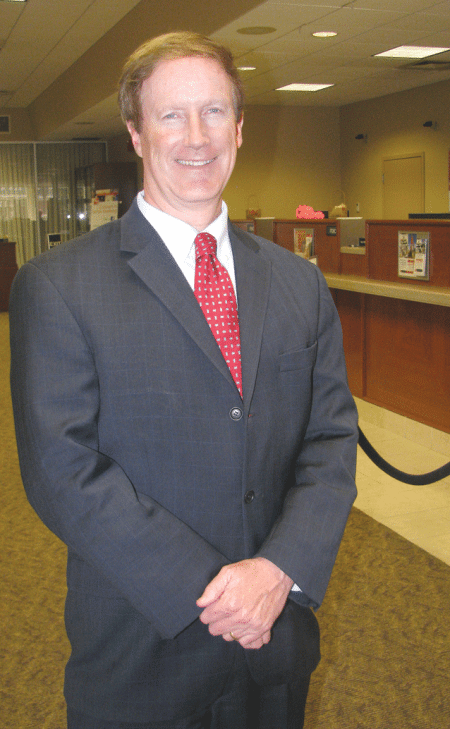

 Instead, size is easily the most effective means with which to effectively cope with razor-thin margins and significantly deeper layers of regulation that resulted from the financial crisis — caused in good part by a lack of regulation of financial institutions — of nearly a decade ago.
Instead, size is easily the most effective means with which to effectively cope with razor-thin margins and significantly deeper layers of regulation that resulted from the financial crisis — caused in good part by a lack of regulation of financial institutions — of nearly a decade ago.